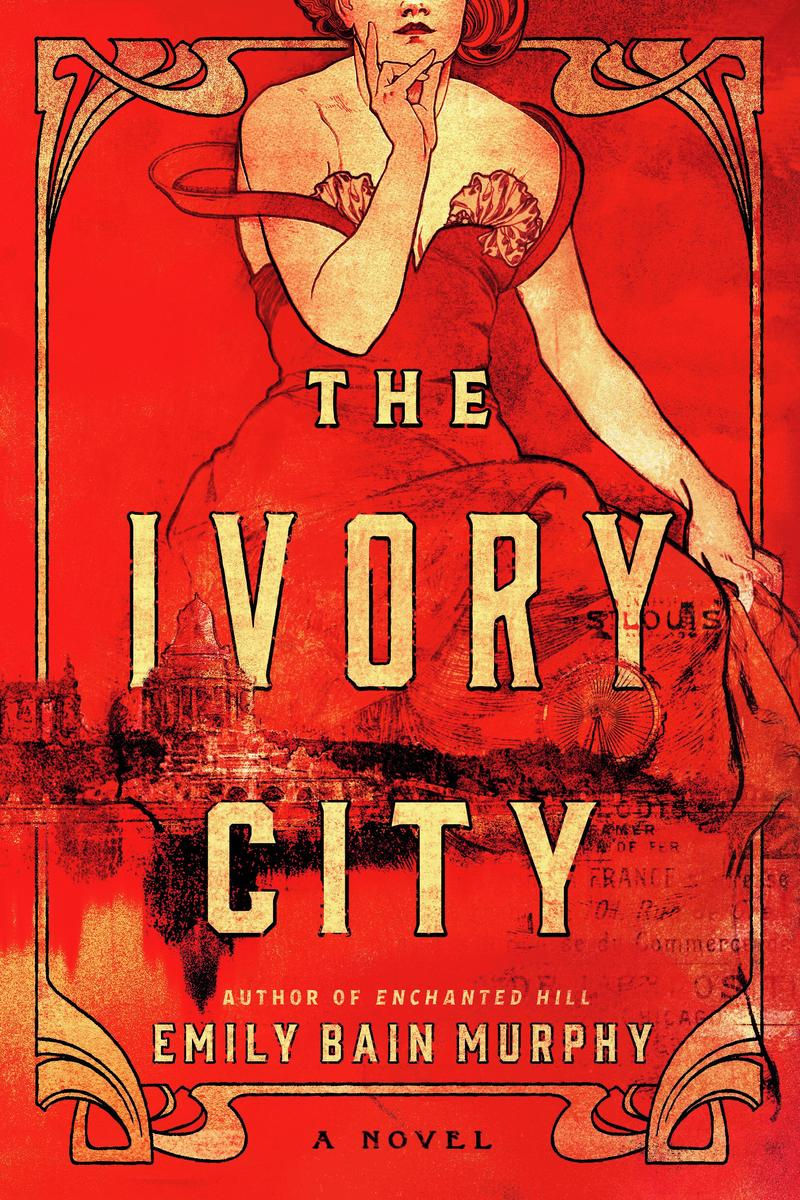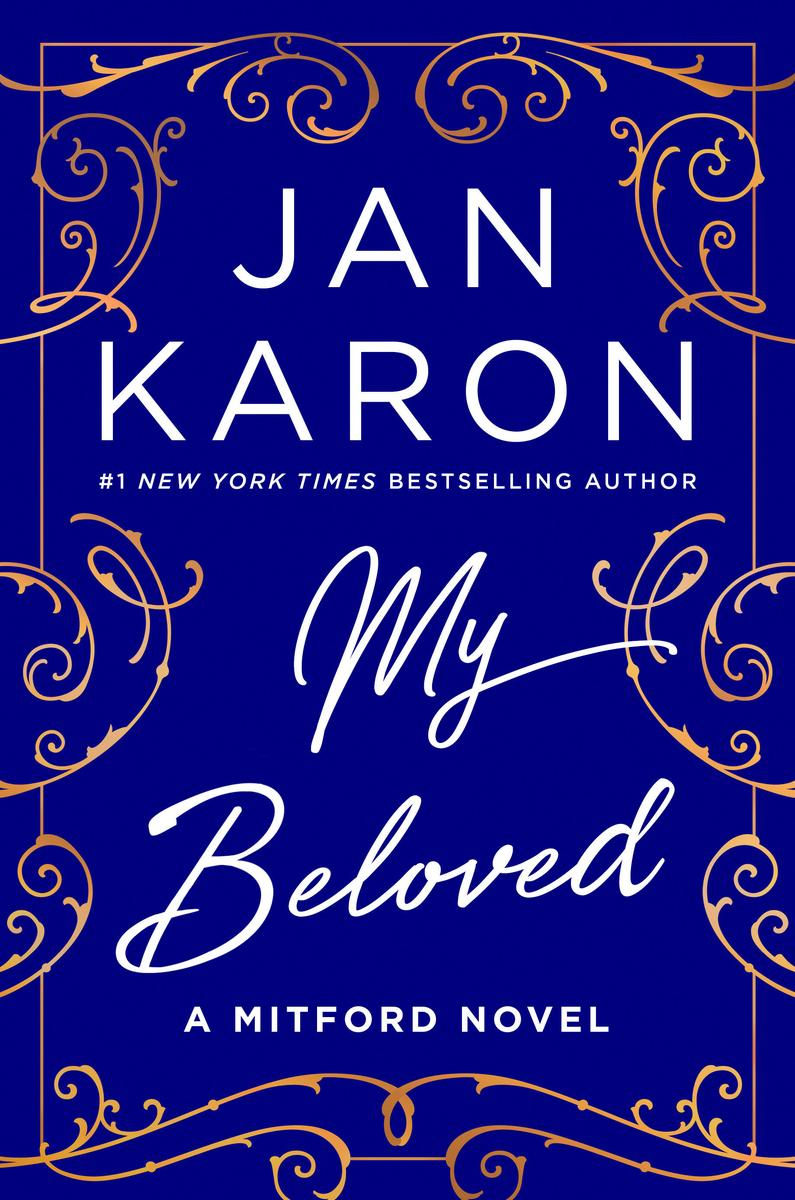"The Fraud" | Reviewed by William Winkler
- cstucky2

- Oct 12, 2023
- 2 min read
British author Zadie Smith is the daughter of a British father and a Jamaican mother. Born in 1975, she sold her first novel, “White Teeth,” while she was still a student at Cambridge University. She has since published five novels, two short story collections, one play and numerous short stories.
Smith’s most recent novel, “The Fraud,” is her first foray into historical fiction. Set in Victorian England, the novel comprises three storylines. The first, and most persistent, is the story of Eliza Touchet, housekeeper and cousin by marriage to William Ainsworth a middling novelist who feels himself in competition with Charles Dickens. Next is the tale of the trial of The Claimant, an obviously fraudulent Australian who claims to be legal heir to the vast Tichborne fortune. Finally, the life story of Andrew Bogle, Jamaican born freedman who is the chief witness on behalf of the bogus petitioner.
“The Fraud” is deeply rooted in historical fact, so much so that it might correctly be dubbed “Creative Non-Fiction.” William Ainsworth and Andrew Bogle were actual figures whose histories are well-documented. The Ticheborne trials captivated London in the 1870s. The first trial, a lengthy civil affair, dismissed the claimant’s assertion, and the second trial, in criminal court convicted The Claimant of perjury, sentencing him to 14 years in prison.
Smith tells her story in 8 volumes, each consisting of multiple short chapters, bouncing from decade to decade, location to location. A great deal of research has gone into the book and much of it is shown in reference to London area locales and place names.
Smith’s story, although set more than a century in the past, seems to contain allusions to contemporary headlines. The titular character is portrayed as a flamboyant huckster who, although there is nothing genuine about him, commands a large, unshakable following.
Readers who prefer a linear narrative may find this novel a challenging read. Its primary saving grace is Smith’s skill as a wordsmith. The book’s style is reminiscent of the writing of Charles Dickens and William Makepeace Thackeray, both of whom appear numerous times in the story. And the novel’s central character, Eliza Touchet, is a strong and convincing literary invention.

.png)





Comments